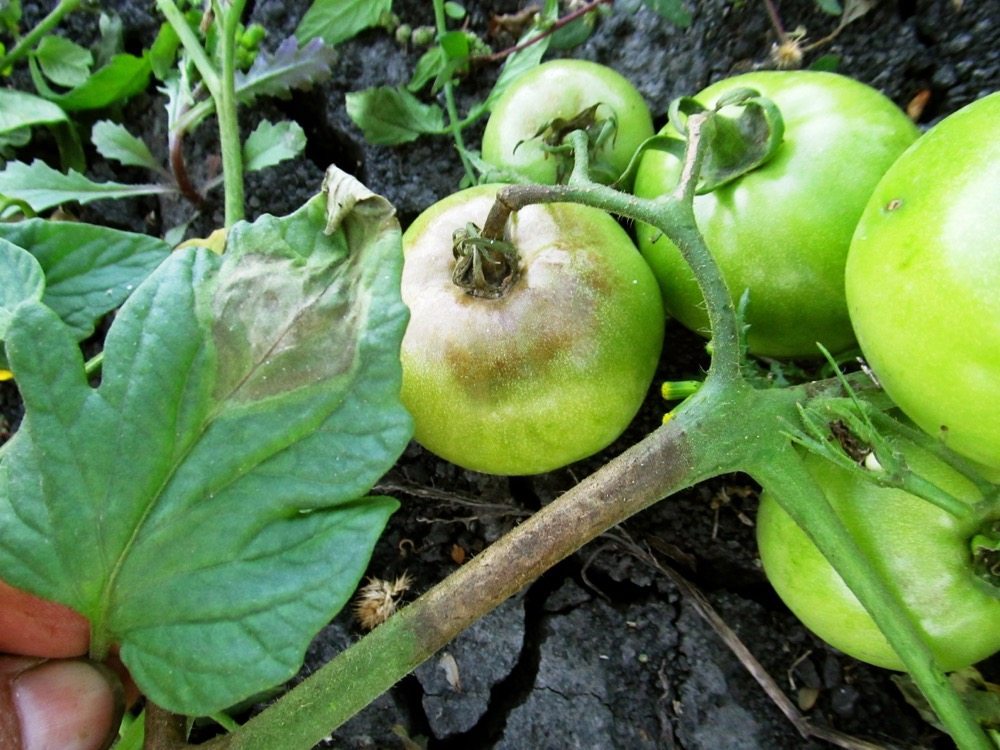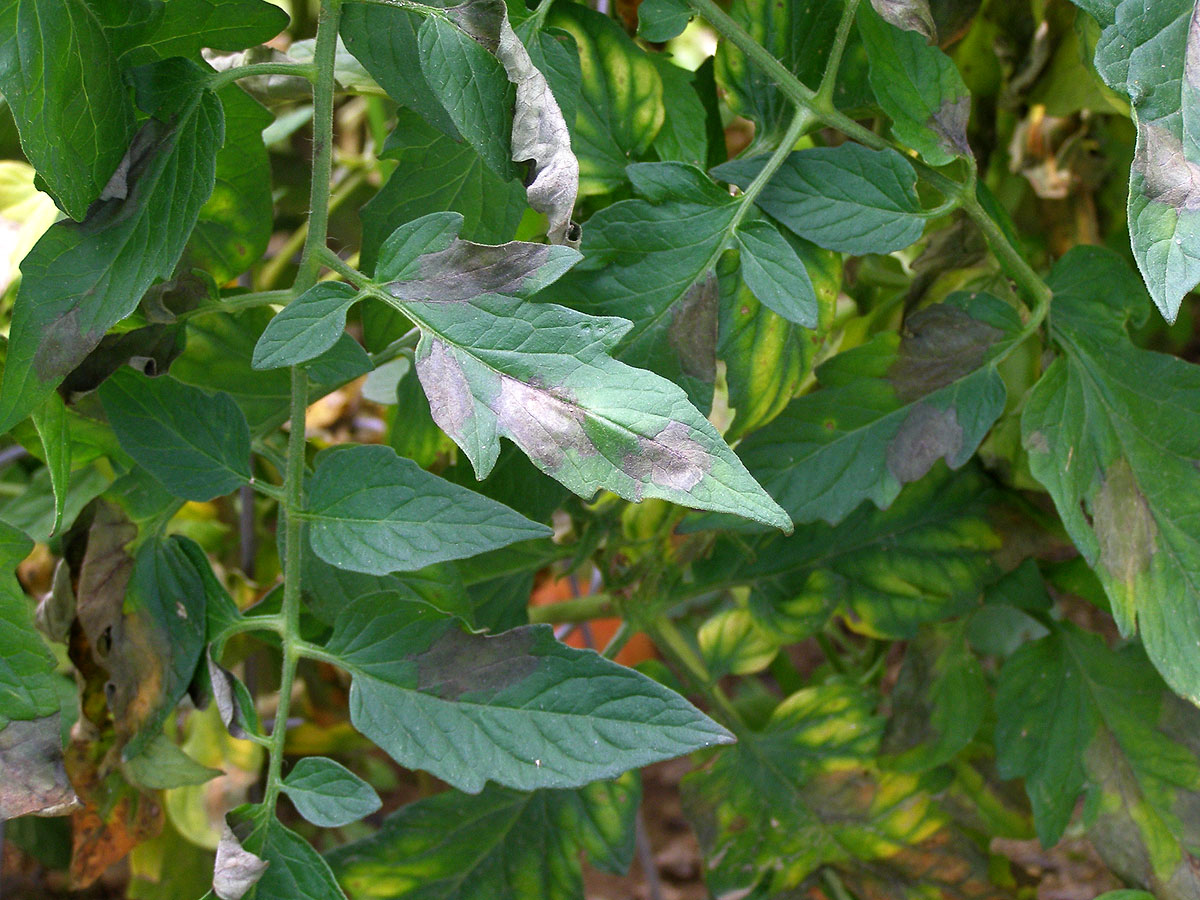

Early Blight on a Tomato Plant Adequate Tomato Plant Spacing and Air Circulation Let’s explore a range of preventive techniques and practical management approaches that will empower you to combat Early Blight and foster thriving, disease-resistant tomato plants. By implementing proactive measures and employing best practices, you can create an inhospitable environment for the Early Blight pathogen and mitigate its devastating effects. Early Blight Prevention and ManagementĪs a gardener, understanding effective prevention and management strategies is paramount to safeguarding your precious tomato crops and ensuring their optimal health and productivity. Additionally, the plant’s weakened state makes it more susceptible to other pathogens and environmental stresses, further compromising its yield potential. Severe defoliation can lead to sunscald on fruits due to increased exposure to sunlight. As the disease progresses, the plant loses its ability to perform photosynthesis effectively, resulting in reduced vigor and poor growth. Impact on Tomato Plant Health and YieldĮarly Blight can significantly weaken the overall health of the tomato plant. Fruits, especially those in close contact with infected foliage, may develop sunken, dark lesions that render them unmarketable and unpalatable. Infected stems may develop dark brown to black lesions, leading to reduced stem strength and possible wilting of the plant. While Early Blight primarily affects the foliage, it can also spread to the stems and fruits of the tomato plant. Tomato Leaves Dying off because of Early Blight Tomato Stem and Fruit Infection As the disease advances, the yellowed areas turn brown and eventually necrotic, leading to defoliation of the lower leaves. The yellowing may gradually spread beyond the lesion, causing more extensive areas of discoloration on the leaves. With the growth and enlargement of the lesions, the affected leaves begin to exhibit yellowing around the lesions. The center of the lesions may dry out and become papery, while the edges remain actively growing and continue to spread. These expanding lesions can measure anywhere from a few millimeters to several centimeters in diameter. These spots often have a dark brown or black coloration and may have a target-like appearance with concentric rings, which aids in its identification.Īs the infection progresses, the small spots gradually increase in size and coalesce into larger lesions.

The first signs of the disease appear as small, circular or irregular-shaped spots on the lower leaves of the tomato plant. Early Symptoms of Early BlightĮarly Blight typically starts to manifest during the early to mid-growing season, usually when the weather is warm and humid. These spores are released into the air and can travel short distances to reach nearby tomato plants. During the early spring, under favorable environmental conditions, the pathogen becomes active and starts producing spores. The fungus Alternaria solani overwinters in infected plant debris left in the soil from previous growing seasons. Tomato Leaf with Early Blight Early Blight Pathogen and Disease Cycle If left unchecked, Early Blight can significantly reduce tomato yields and weaken the overall health of the plant. As the infection progresses, these spots gradually enlarge and merge, leading to widespread leaf yellowing, browning, and defoliation. The disease manifests as small, dark spots with concentric rings on the lower leaves of the plant.

It is caused by the pathogen Alternaria solani, and it usually starts to manifest during the early to mid-growing season. What is Early Blight?Įarly Blight is a fungal disease that primarily affects tomato plants, though it can also affect other solanaceous crops like potatoes. Let’s talk about what it is, identification, prevention, and management of Early Blight to help protect your tomato plants and ensure a successful harvest. However, they are susceptible to various diseases, and one of the most common problems they face is Early Blight, caused by the fungus Alternaria solani. Tomato plants are a popular choice for gardeners due to their versatility and delicious fruit. When you purchase through links on my site, I may earn a commission at no cost to you.


 0 kommentar(er)
0 kommentar(er)
